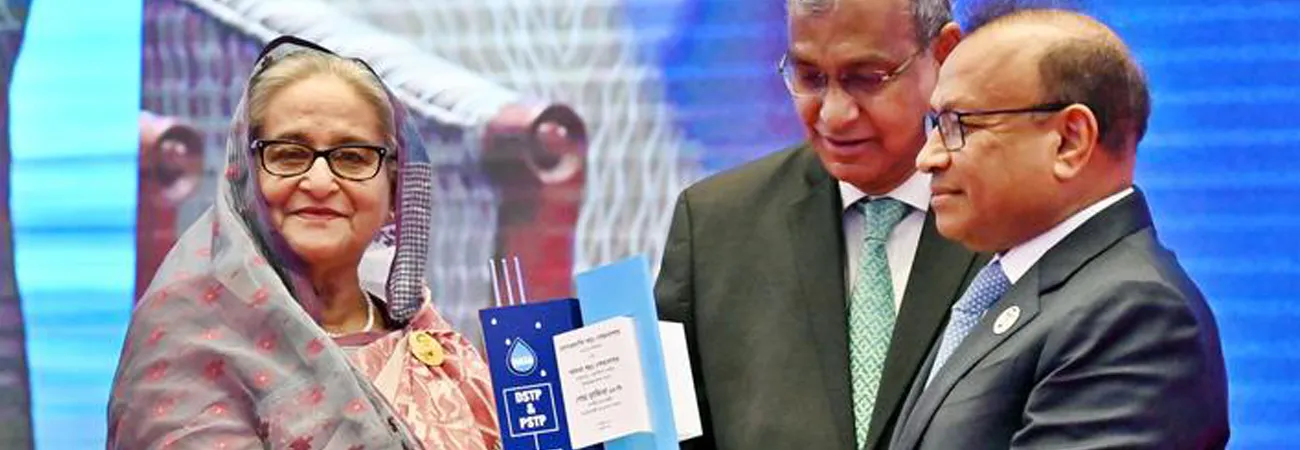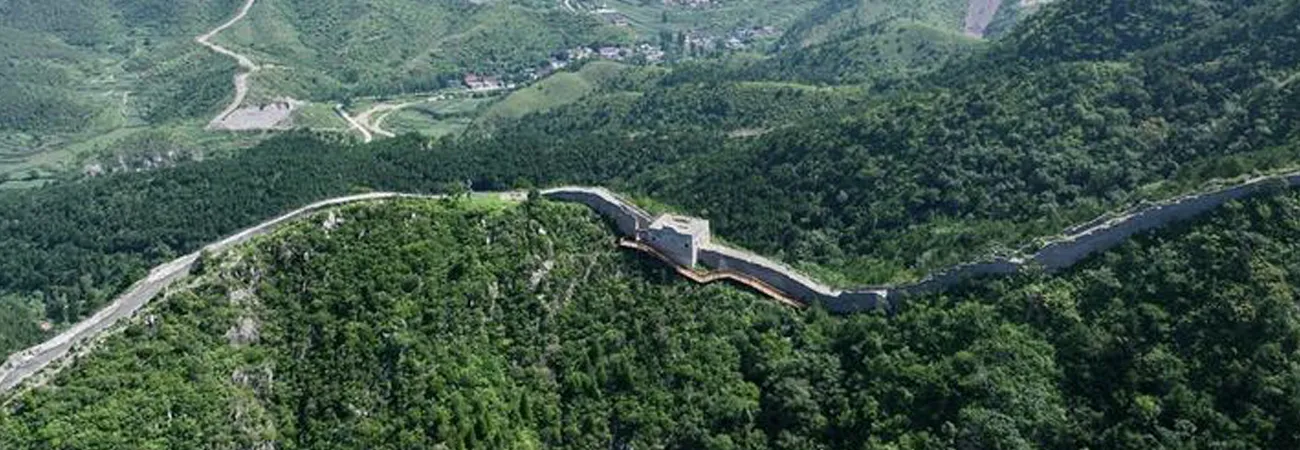XINHUA-PAKISTAN SERVICE
BEIJING, Apr. 21) : Pakistani ports such as Gwadar, Karachi and Qasim did not get boxed in as the COVID-19 pandemic haunted all human beings.
Located beside the key shipping routes in and out of the Persian Gulf, Gwadar Port which strives to become a vibrant transit and transshipment port, took actions since COVID-19 did shake Pakistan’s economy.
According to Gwadar Pro App, at the request of the Federation of Pakistan Chambers of Commerce & Industry (FPCCI), Pakistan-Afghanistan Joint Chamber of Commerce & Industry (PAJCCI), Gwadar International Terminals Limited and other stakeholders, government allowed import of Afghan bulk cargo of wheat, sugar and fertilisers at the Gwadar Port, and onward transit to Afghanistan from April 17.
“The petitions have been examined in light of the Afghanistan-Pakistan Transit Trade Agreement (APTTA) 2010, and in view of the provisions of the APTTA, the petitions of the stakeholders, and for the sake of efficient and cost-effective operationalization of the Gwadar Port and the western-corridor of the CPEC, the import of Afghan bulk-cargo of wheat, sugar and fertilisers at the Gwadar Port and onward transit to Afghanistan shall be permitted in bonded carrier, insured and sealable trucks having a tracking device installed on them,” the office memorandum noted.
In addition to Gwadar Port, Karachi Port and Port Qasim, Pakistan’s two main operating international deep-sea ports, also adopted measures to tackle the current economic downturn caused by COVID-19.
On April 15, Central Development Working Party (CDWP) approved 3 projects worth Rs. 1.04 billion for Karachi’s Korangi Fish Harbour (KFH), namely, “Establishment of Business Park at Korangi Fisheries Harbour” worth Rs.784 million, “Establishment of Cold Storage & Freezing Tunnel at Korangi Fisheries Harbour” worth Rs. 170.1 million and “Modification of Auction Hall of Korangi Fisheries Harbour” worth Rs 94 million.
As per CDWP, the first project presented by Ministry of Maritime Affairs envisages the development of Business Park to accommodate industrial units, offices and other associated infrastructure and services centered around one primary product or activity.
The planned Business Park will be established on the 320 acres of land available within KPFHA boundary.
Port Qasim - currently caters for more than 40% of seaborne trade requirements of the country - issued a Response Plan for Coronavirus on March 12, preparing to deal with entry of the ship in port and while it is berth inside and defining the role function of port health authority, port administration, shipping lines/agents and other stake holders.
In accordance with the Response Plan, brisk shipping activity was observed at Port Qasim these days, with ships like Maersk Bentonville, Nordic Anny, CL Heidi and Serene Amelia carrying Containers, Mogas and Coal arriving at outer anchorage of Port Qasim on April 17.
On top of port authorities mentioned above, Pakistan’s fishermen are to venture into the Seas of Pakistan by being equipped with advanced Vessel Monitoring Systems (VMS) technology.
According to Pakistan’s Press Information Department, Fisheries Development Commissioner Dr. Safia Mushtaq gave a detailed presentation to Federal Minister for Maritime Affairs Syed Ali Haider Zaidi on VMS, an integral element of Monitoring, Control and Surveillance (MCS) programs at the national and international level on April 18.
In other words, Ministry of Maritime Affairs is all set to harness potential in deep sea fishing by providing access to cost effective and state of the art equipment to Pakistani fishermen, with fishermen who are currently operating from coastal areas of the province of Sindh and Balochistan to benefit the most.
As the first step in the modernization of industry, the up-to-date technology will open new avenues of development and sustainability in the fishing industry of Pakistan.
INP/javed





